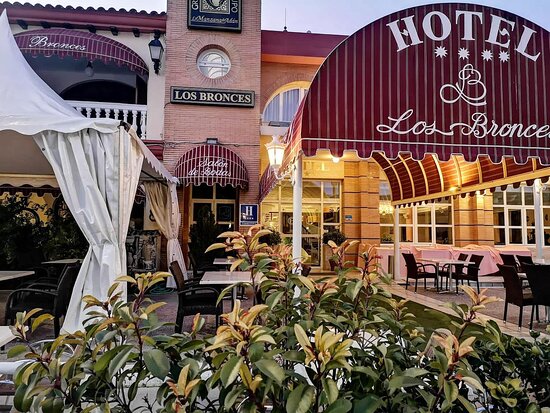Albacete
WELCOME TO Albacete
Province Overview
Albacete
14,858 km2
387,000
Spanish
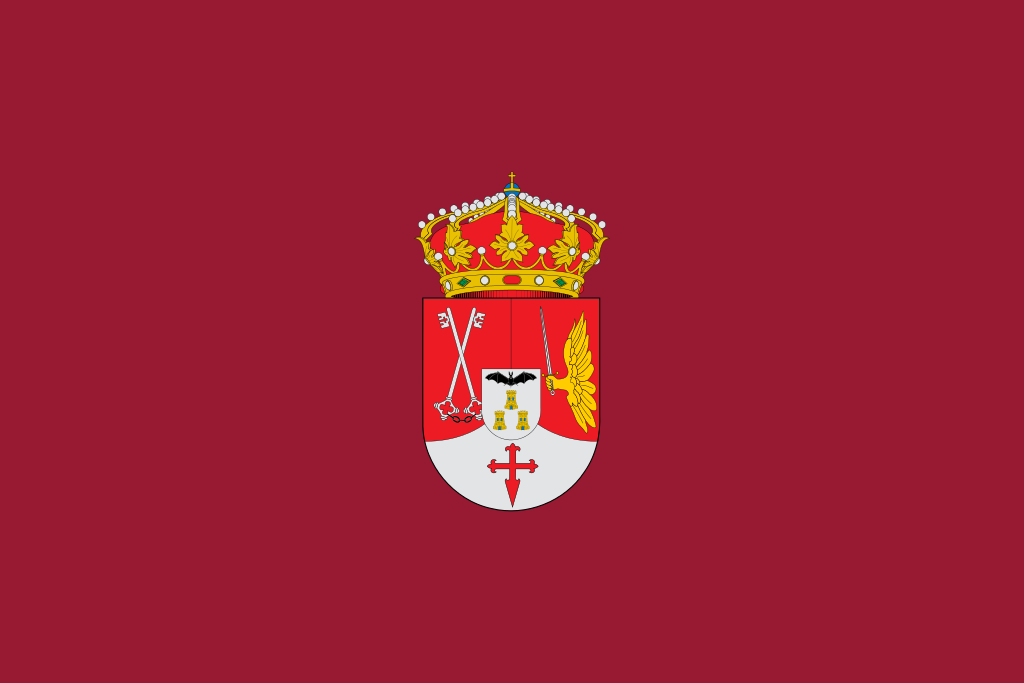
Popular
Geography and Tourist Attractions
Information about the province's tourist attractions, including popular destinations, events, and activities.
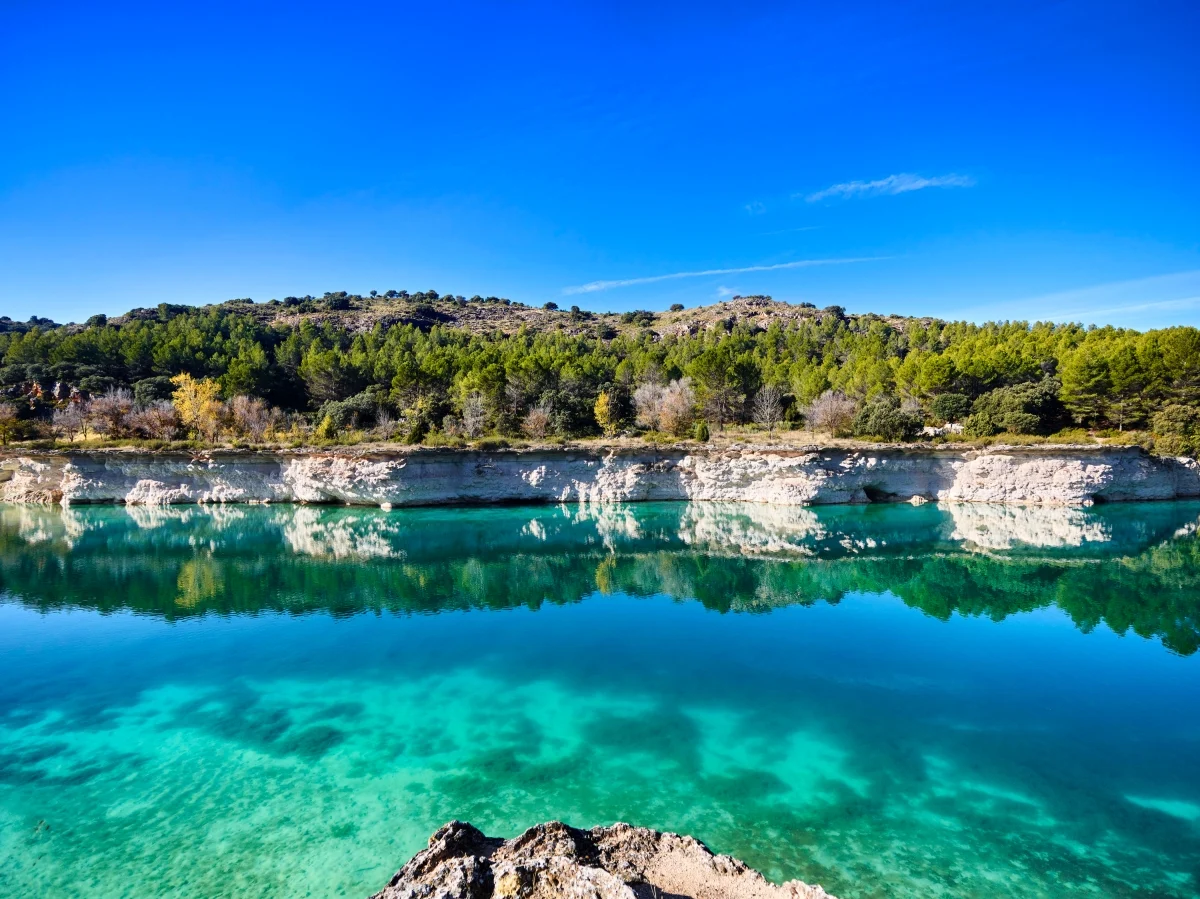
Parque Natural de las Lagunas de Ruidera
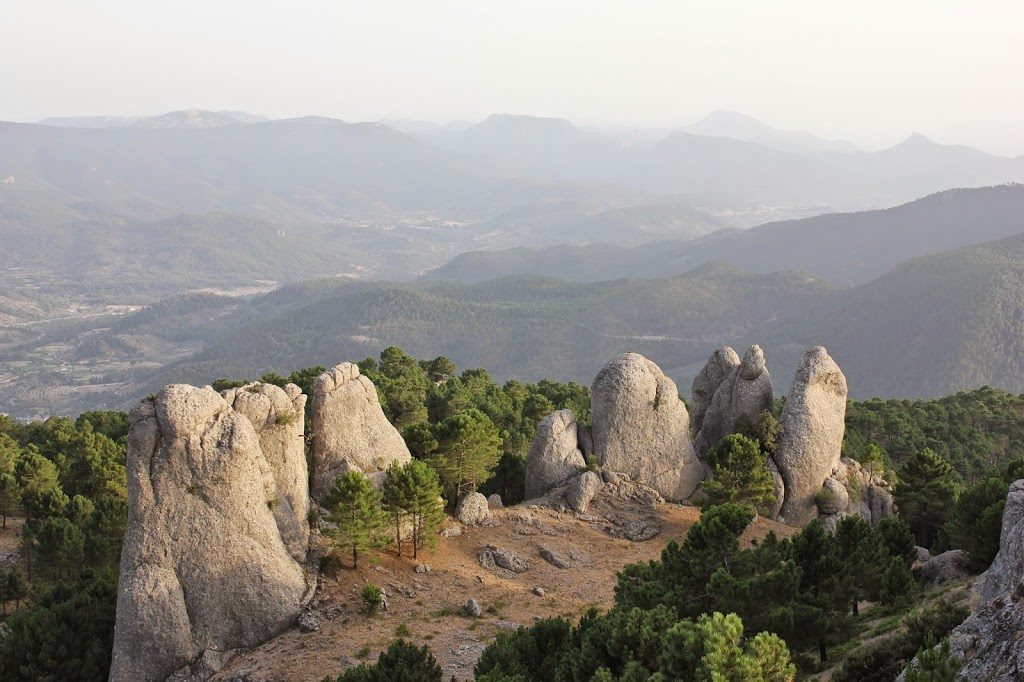
Sierra de Alcaraz y Segura
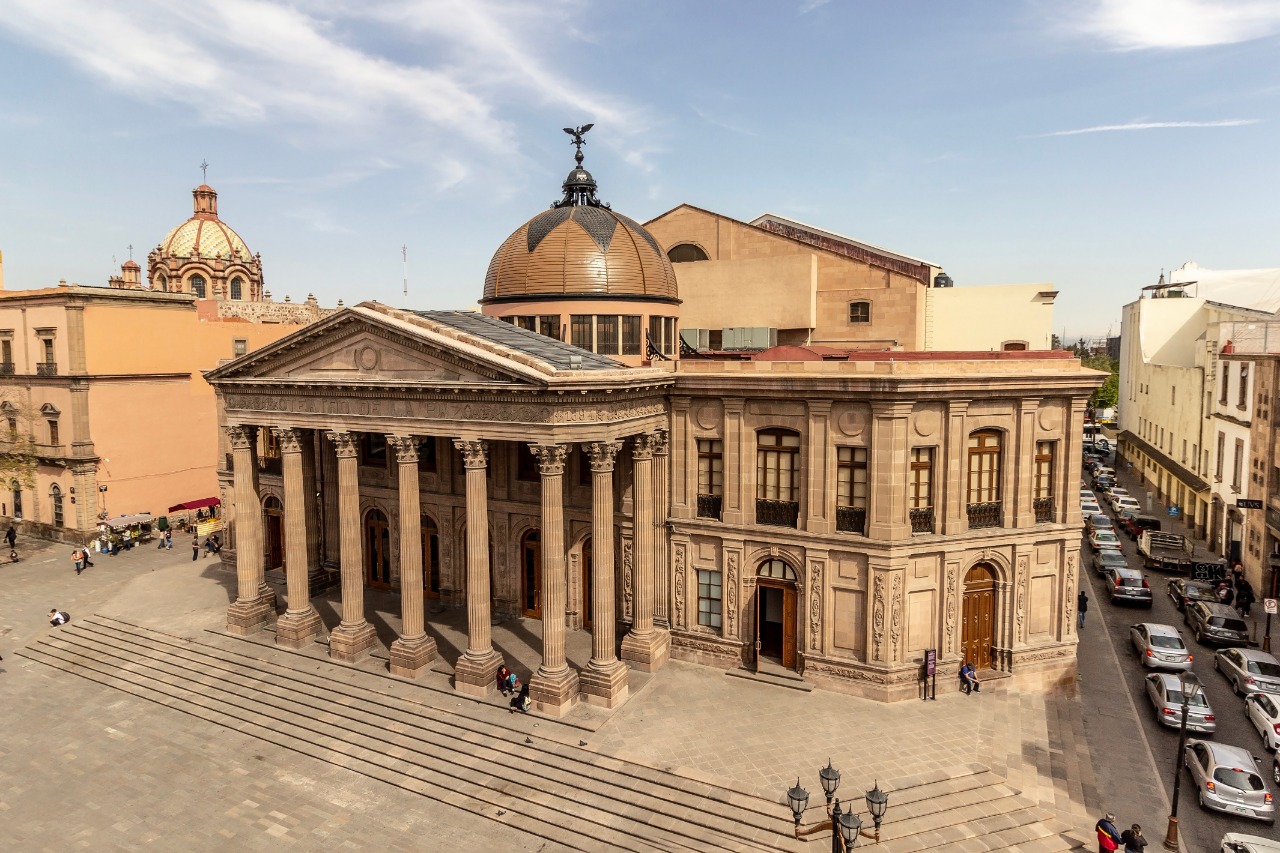
Teatro de la Paz
Political
Economy and Government
The economy of the Albacete region is mainly based on agriculture, industry, and services. Agriculture plays a significant role in the region, with the cultivation of cereals, olive groves, and vineyards being some of the most important activities. The region is also home to a variety of industrial sectors, including food processing, metalworking, and textiles. Services are an increasingly important sector, with the tourism industry being a key driver of economic growth in the region.
The government of the Albacete region is structured as a decentralized autonomous community within the Spanish political system. The regional government is responsible for a wide range of areas, including education, health, social welfare, and culture. The government is headed by the President of the Autonomous Community of Castilla-La Mancha, who is elected by the regional parliament. The regional parliament, known as the Cortes of Castilla-La Mancha, is made up of 33 members who are elected by popular vote every four years. The Cortes are responsible for passing laws and overseeing the activities of the regional government.
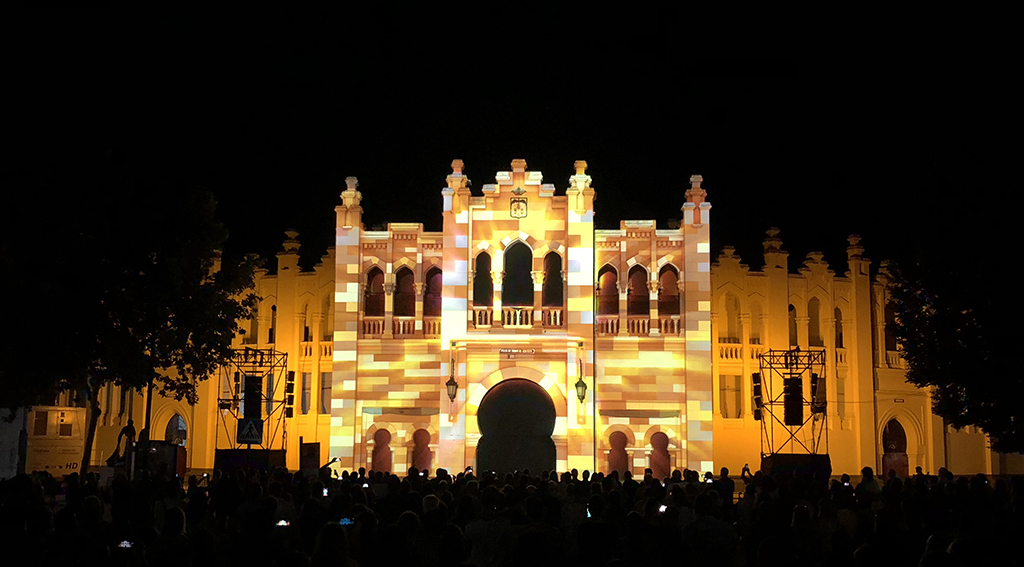
History
History and Culture
The Albacete region has a rich history and cultural heritage. The area has been inhabited since prehistoric times, and has been influenced by various civilizations, including the Romans, Visigoths, Moors, and Christians.
One of the most important historical events in the region was the Battle of Almansa in 1707, which was fought between the forces of the Spanish Bourbon monarchy and the Habsburg pretender to the Spanish throne. The battle had a significant impact on Spanish history and marked the beginning of the Bourbon dynasty's dominance over the country.
The region also has a rich cultural heritage, with a variety of festivals, traditions, and crafts that reflect its unique identity. The Carnival of Villarrobledo, which features colorful parades and traditional costumes, is one of the most important festivals in the region. The region is also known for its traditional pottery, textiles, and leather crafts.
The city of Albacete is home to a variety of cultural institutions, including museums, theaters, and art galleries. The Museum of Albacete features exhibits on the history and culture of the region, while the Teatro de la Paz hosts a variety of cultural performances throughout the year.
HOTELS
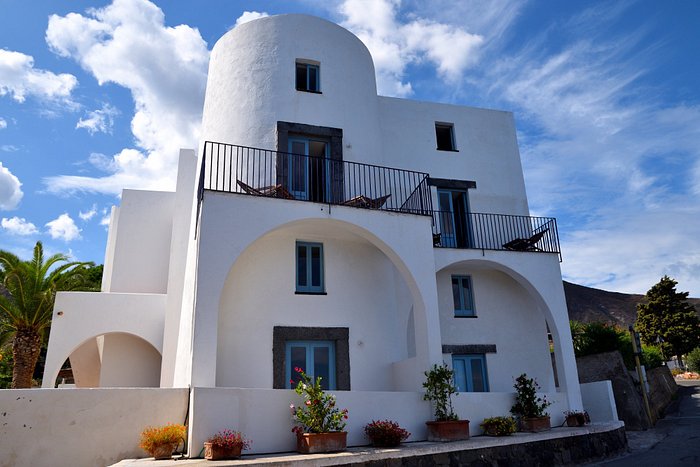
Hotel Santa Isabel
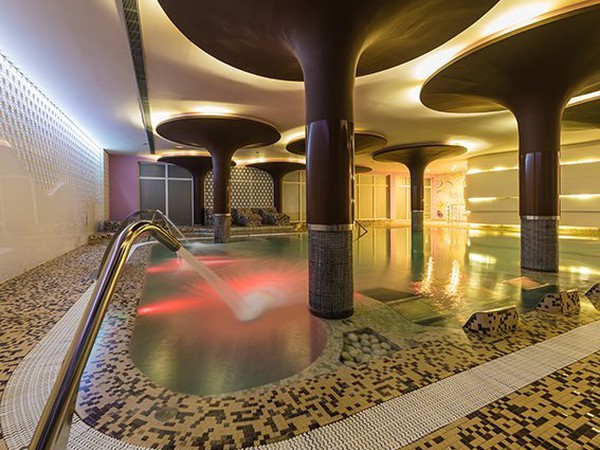
Hotel Beatriz Albacete & Spa
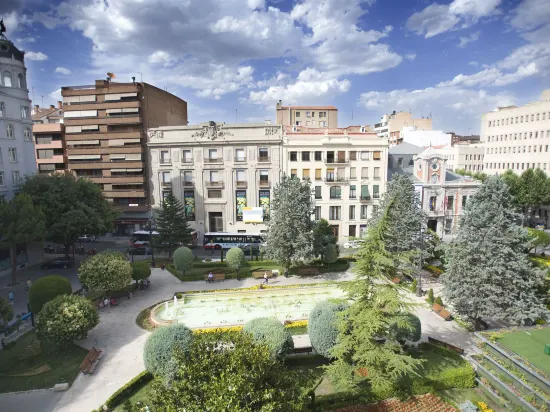
Hotel Val General
RESTAURANTS
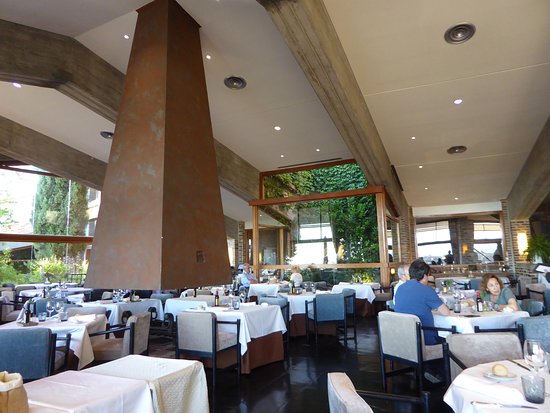
Restaurante Marmitia
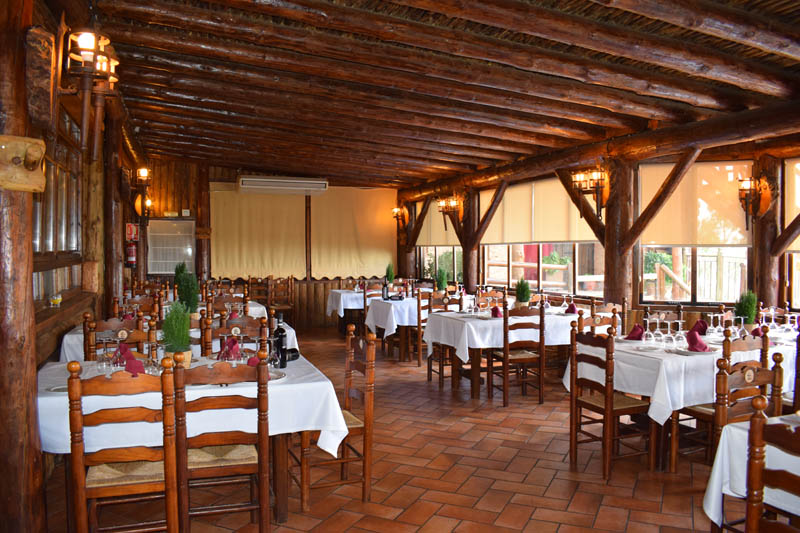
Restaurante El Mirador de la Mancha
